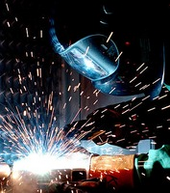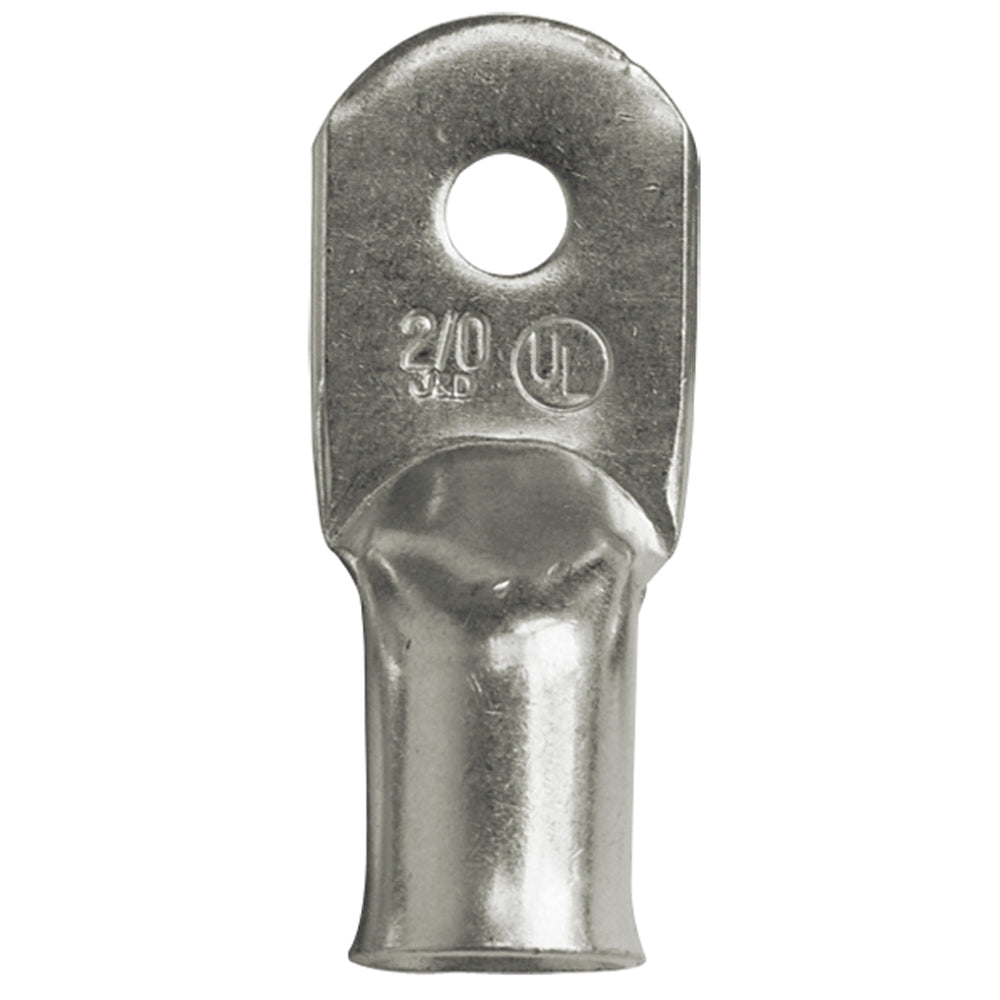I have the LiTime brand 200ah Plus battery. It has a 200amp BMS in it but I haven't got any plans to push it.
I also have a 2000w Expertpower inverter/charger with auto transfer switch. Originally I ordered a 3000w version but cancelled and reordered the 2000w. Smallest unit I could find that ran on 12 volts and had a UPS like function. Turned out the fans in it were way to loud for my purposes and I ordered a victron phoenix 1000w inverter (1200VA).
The 2/0 I originally ordered had already shipped along with lugs so I kept it and used it. It was for the 3000w unit originally and is rated for 450 amps at my short run of 2ft. Probably more, but the chart I used only went down to 50ft.
The 2000w version came with 2 awg battery wire and when I was testing with a resistive load (space heater) I pulled a bit over 190 amps according to the smartshunt and the wires didn't even get warm after an hour.
The difference between regular wire, battery wire, and welding wire is all about conductor count and insulation type.
Regular 2 awg THHN is stiff and has what looks like a PVC sheath. Conductor count is 19. Temp rating generally 90c.
Battery wire 2 awg has 133 conductors in it with either PVC (automotive 90c) or rubber sheath (other 105c) depending on use.
Welding wire 2 awg has 625 conductors in it with a rubber sheath and is rated 105c or better.
Welding wire is also far easier to bend than the other two and has a thicker rubber sheath. You can get regular 2 awg in 105c as well. You can get any of the wires in a chemical resistant sheath as well.
More conductors equals less resistance per foot and better heat dissipation.
My final configuration is with the 2 awg welding wire with a 125amp MRBF fuse at the battery terminal which is rated for 10,000 AIC. I could downsize to 100amps I think but if there is a short it will pull way way more than that 125a.






